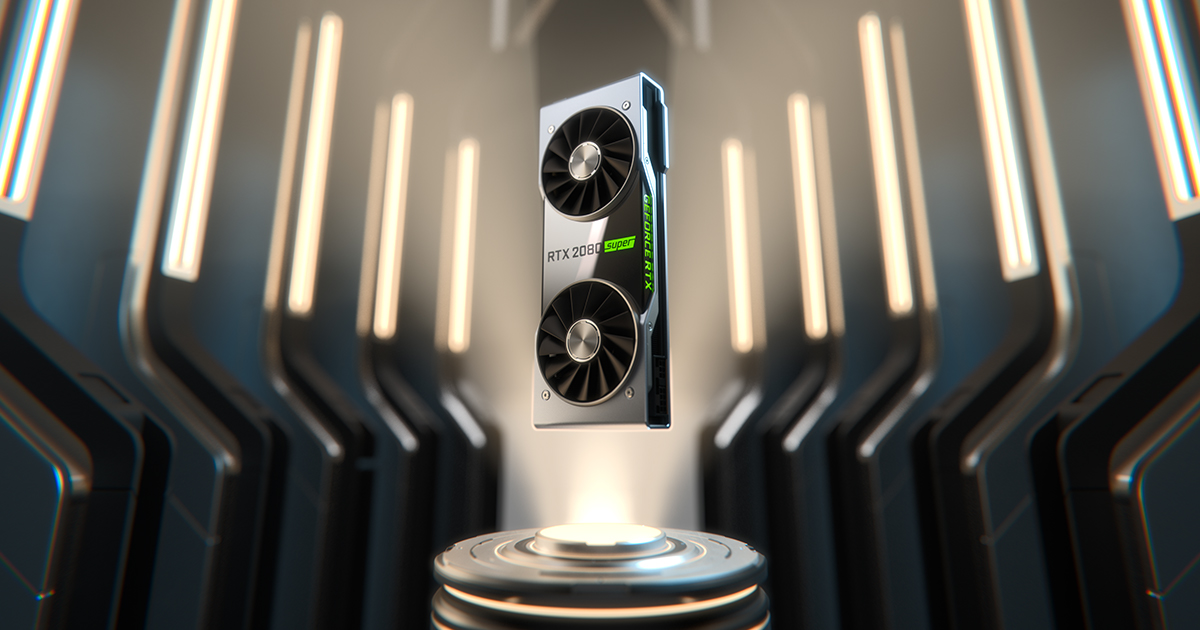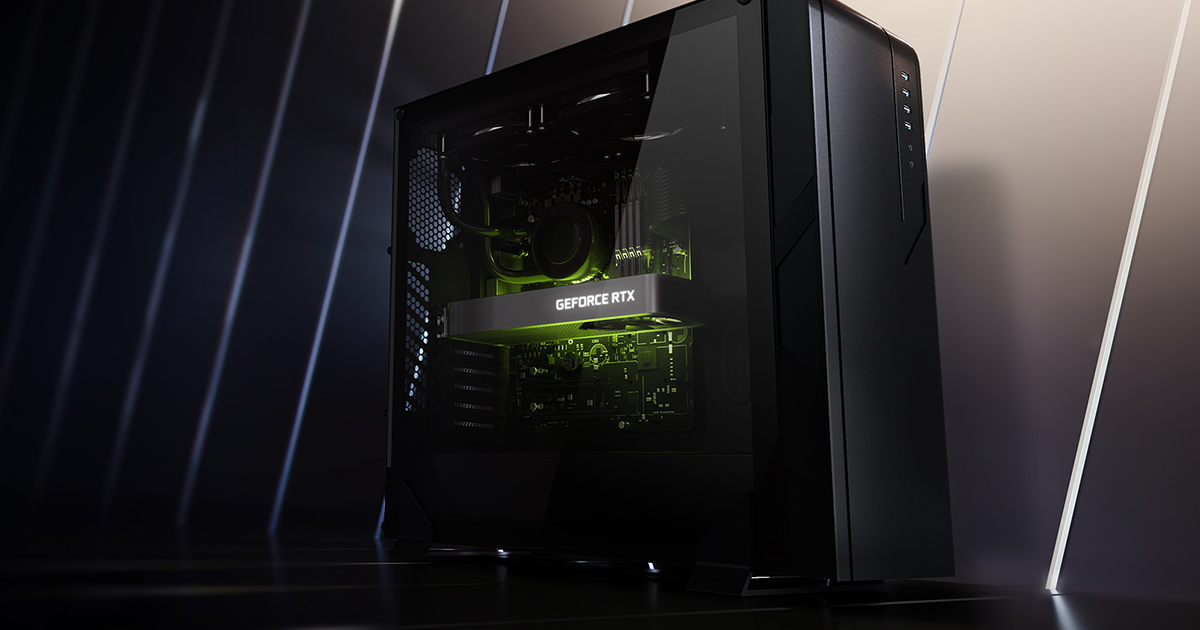[SOLVED] SLI
- Thread starter nighty_
- Start date
You are using an out of date browser. It may not display this or other websites correctly.
You should upgrade or use an alternative browser.
You should upgrade or use an alternative browser.
Solution
SLI is dead. The only 2000-series GPUs that supported it were the RTX2080(Ti) and it has been dropped altogether for the 3000-series.
It got dropped because it rarely worked properly without explicit support from game developers or game-specific driver tweaks, sometimes caused worse performance than single GPU or caused games to flat out fail to start.
Game developers could still technically use DX12's explicit multi-GPU feature to leverage multi-GPU rendering but practically no developer has bothered with that.
It got dropped because it rarely worked properly without explicit support from game developers or game-specific driver tweaks, sometimes caused worse performance than single GPU or caused games to flat out fail to start.
Game developers could still technically use DX12's explicit multi-GPU feature to leverage multi-GPU rendering but practically no developer has bothered with that.
Nope. Neither supports SLI (obsolete capability anyway):



Grafikkarten und Notebooks der GeForce RTX 20er-Serie
Echtzeit-Raytracing, KI-gestütztes DLSS 2.0 und programmierbares Shading.
www.nvidia.com

NVIDIA GeForce RTX 3060-Familie
Ermöglicht es dir, die neuesten Spiele mit unglaublicher Leistung zu spielen.
www.nvidia.com
SLI is dead. The only 2000-series GPUs that supported it were the RTX2080(Ti) and it has been dropped altogether for the 3000-series.
It got dropped because it rarely worked properly without explicit support from game developers or game-specific driver tweaks, sometimes caused worse performance than single GPU or caused games to flat out fail to start.
Game developers could still technically use DX12's explicit multi-GPU feature to leverage multi-GPU rendering but practically no developer has bothered with that.
It got dropped because it rarely worked properly without explicit support from game developers or game-specific driver tweaks, sometimes caused worse performance than single GPU or caused games to flat out fail to start.
Game developers could still technically use DX12's explicit multi-GPU feature to leverage multi-GPU rendering but practically no developer has bothered with that.
ttower2020
Reputable
Aside from the fact that neither of those cards support SLI in the first place, in order to use SLI, you would need two identical cards. Im not super familiar with SLI, but it might even get as specific as needing two of the same brand/model cards, not just two of the same GPUs. Now, SLI is different from having two GPUs in the same system. You can have both a 2060 and 3060 running in the same computer, but there is no reason if you have one monitor, at all. if you have two monitors, then the GPUs will only power the monitor they are connected to. This also has very limited usefulness, and may only help by a percent or two, if it does at all.
TL: DR It wont work, if you already have both GPUs, build a second PC, or sell the extra GPU.
TL: DR It wont work, if you already have both GPUs, build a second PC, or sell the extra GPU.
SLI and CF could often be made to "work" with substantially different GPUs back when multi-GPU was supported across most of the product stack, except the results were typically worse than only using the stronger of the two GPUs alone, so it rarely made sense unless you had two similar GPUs.Aside from the fact that neither of those cards support SLI in the first place, in order to use SLI, you would need two identical cards. Im not super familiar with SLI, but it might even get as specific as needing two of the same brand/model cards, not just two of the same GPUs.
CF supported crossfire of 2 different but compatible gpus(usually needed to be the same family) for most of its run.SLI and CF could often be made to "work" with substantially different GPUs back when multi-GPU was supported across most of the product stack, except the results were typically worse than only using the stronger of the two GPUs alone, so it rarely made sense unless you had two similar GPUs.
But I don't remember SLI ever doing this outside of 1 or 2 early exceptions. For he most part with SLi in not only had to be the same gpu but also have the same amount of vram and in some occurrences even that wasn't enough(some GTX 970s were very picky) . There was unofficial 3rd party software to force SLI operation but it was usually problematic.(atleast in my experiences it was).
SLI and CF have a ~20 years old history in one form or another and Nvidia started phasing SLI out at the lower end with the 700 series, becoming more restrictive with every subsequent generation (higher minimum tier and fewer max GPUs for each tier) until it got phased out completely on the RTX3000s.For he most part with SLi in not only had to be the same gpu but also have the same amount of vram and in some occurrences even that wasn't enough(some GTX 970s were very picky) .
In the earlier days of SLI when Nvidia was still making chipsets for AMD platforms, Nvidia even did SLI with its IGPs, doesn't get much more dissimilar than that. After AMD acquired ATI, it also had Crossfire between its GPUs and IGPs for a short time. In both hybrid multi-GPU cases, the primary requirement was having the same underlying graphics architecture, neither of which worked particularly well since the GPU had a massive memory bandwidth advantage and was often better off on its own. Pay slightly more than rock-bottom-dollars for a generation-appropriate GPU and you could usually get something about as fast as the best-case GPU+IGP combo could ever deliver without any of the multi-GPU hassle, hiccups and bugs.
During the SLI/CF golden years (2004-2014) where both ATI/AMD and Nvidia were seriously attempting to one-up each other on multi-GPU superiority, almost anything could be combined with anything else similar enough. Though just because you could didn't mean you should.
TRENDING THREADS
-
Question No POST on new AM5 build - - - CPU & DRAM lights are on ?
- Started by Uknownflowet
- Replies: 13
-
-
-
-
-
Question Ryzen 7 9800X3D + RX 7800 XT Build for Gaming & Streaming – Feedback Welcome
- Started by Bril98
- Replies: 2

Space.com is part of Future plc, an international media group and leading digital publisher. Visit our corporate site.
© Future Publishing Limited Quay House, The Ambury, Bath BA1 1UA. All rights reserved. England and Wales company registration number 2008885.
